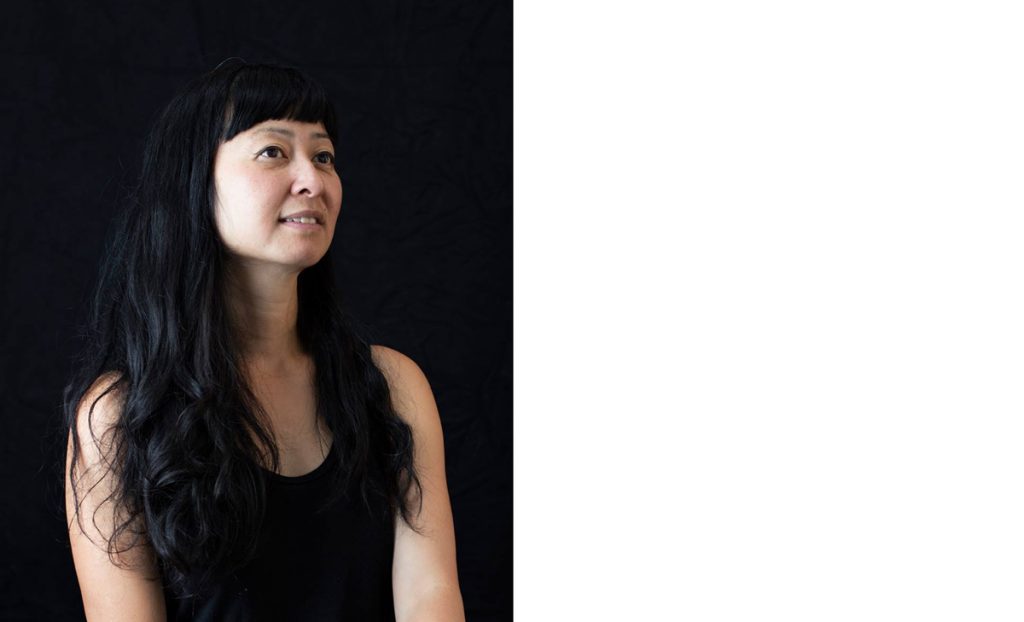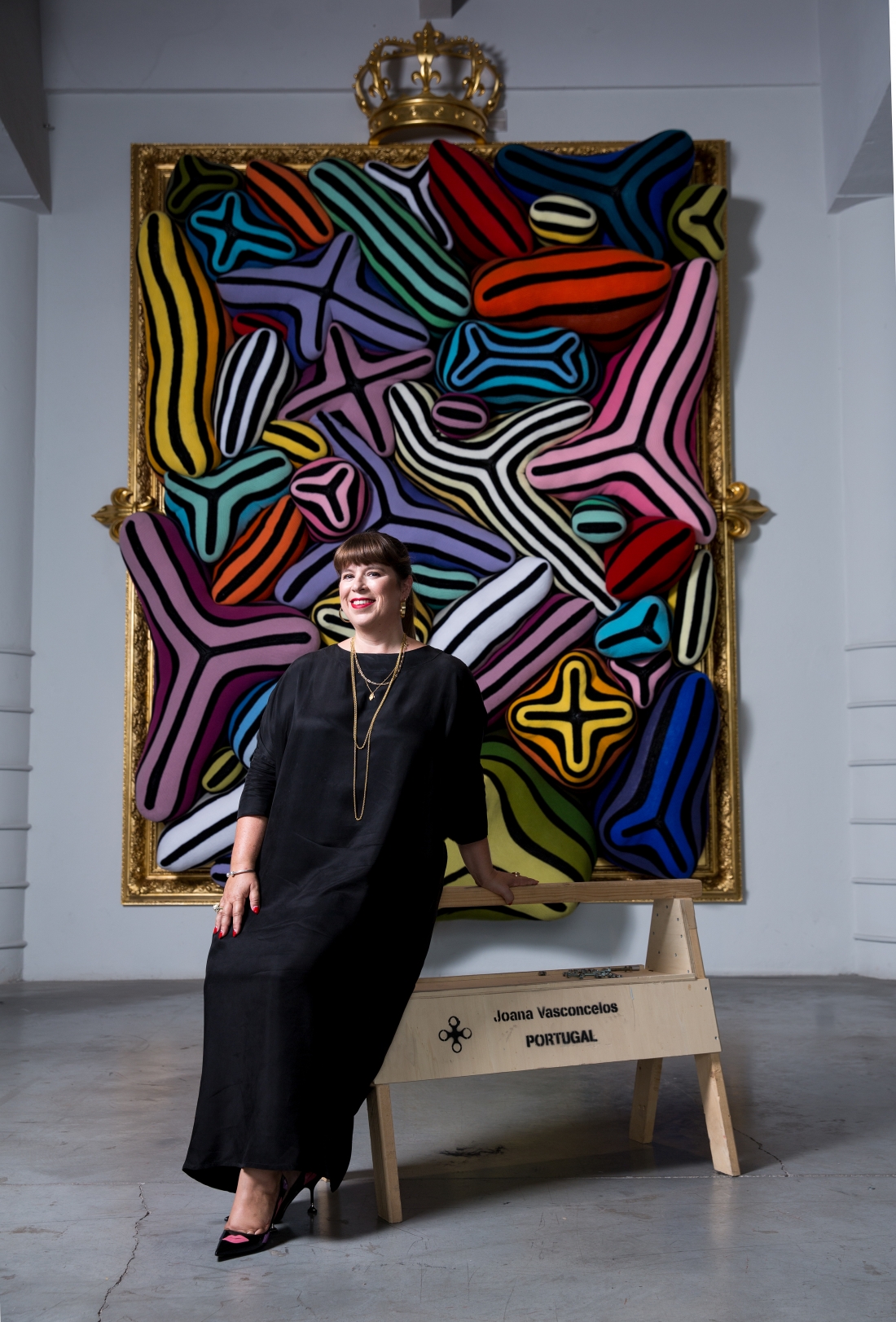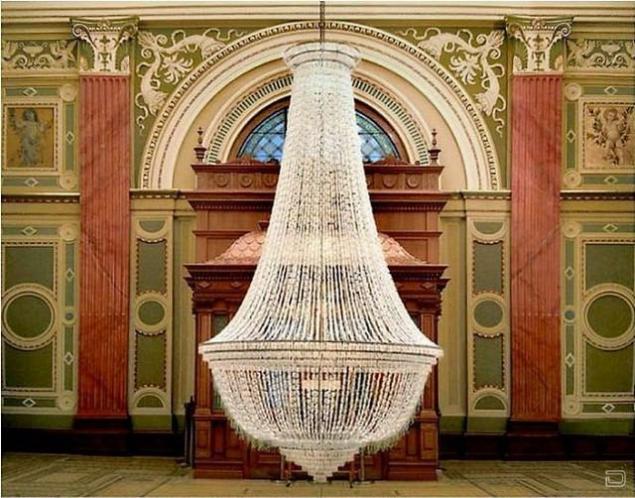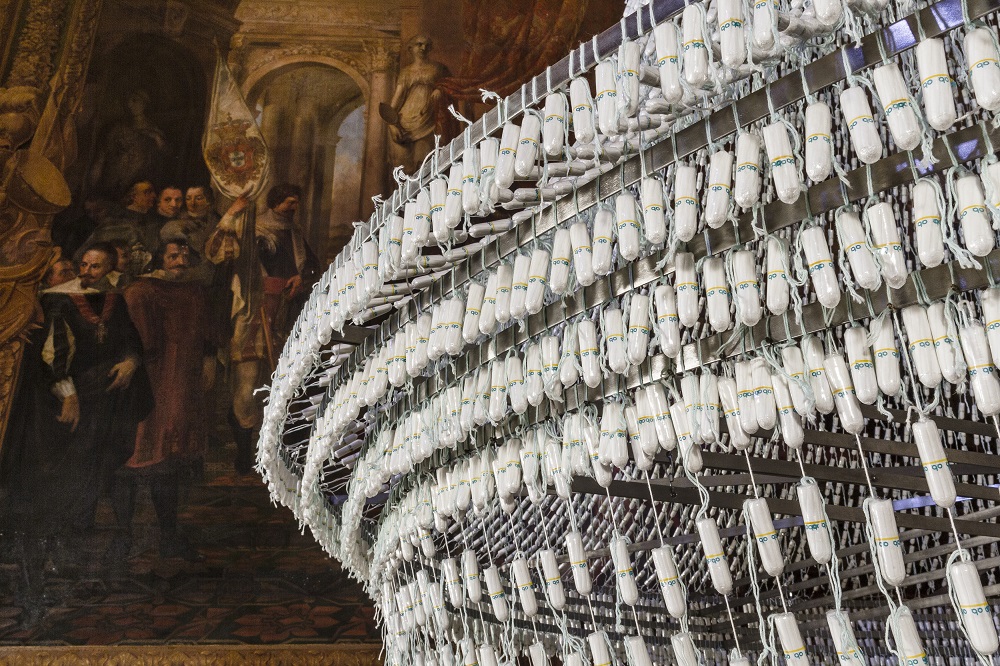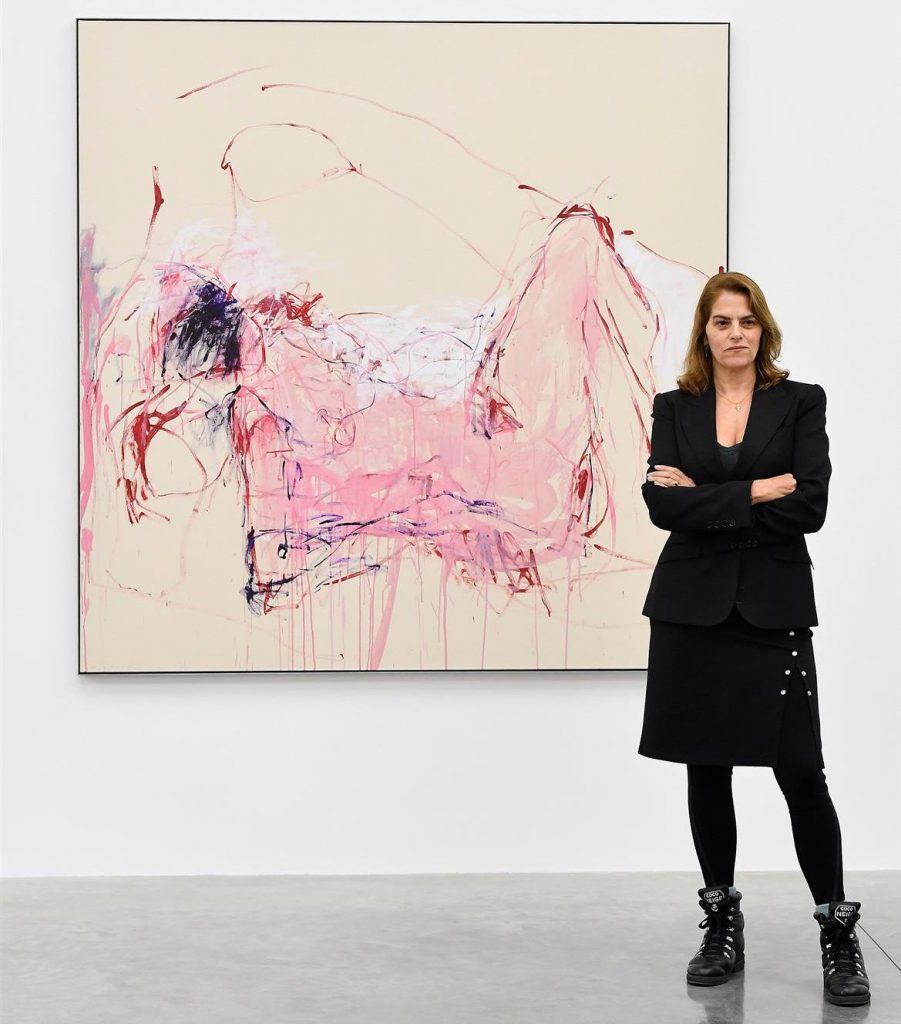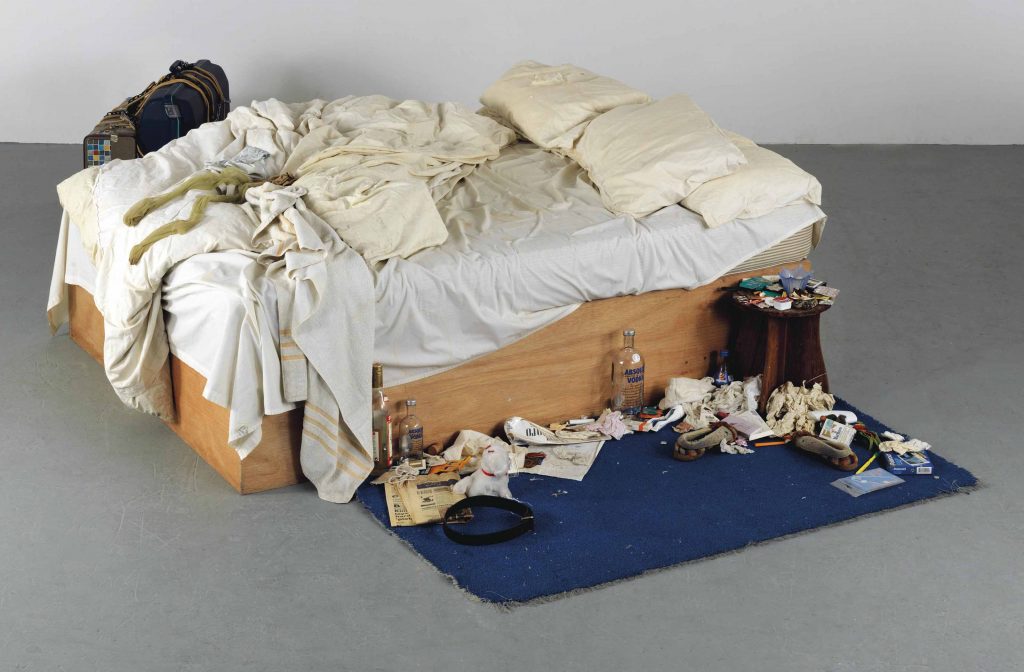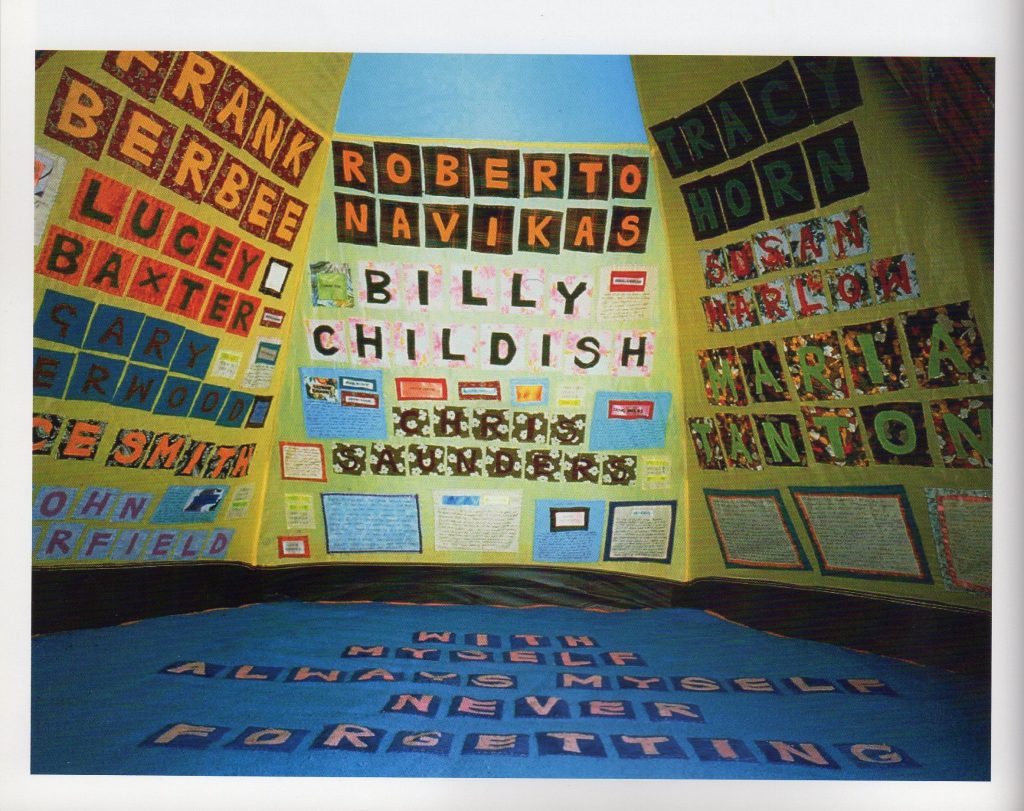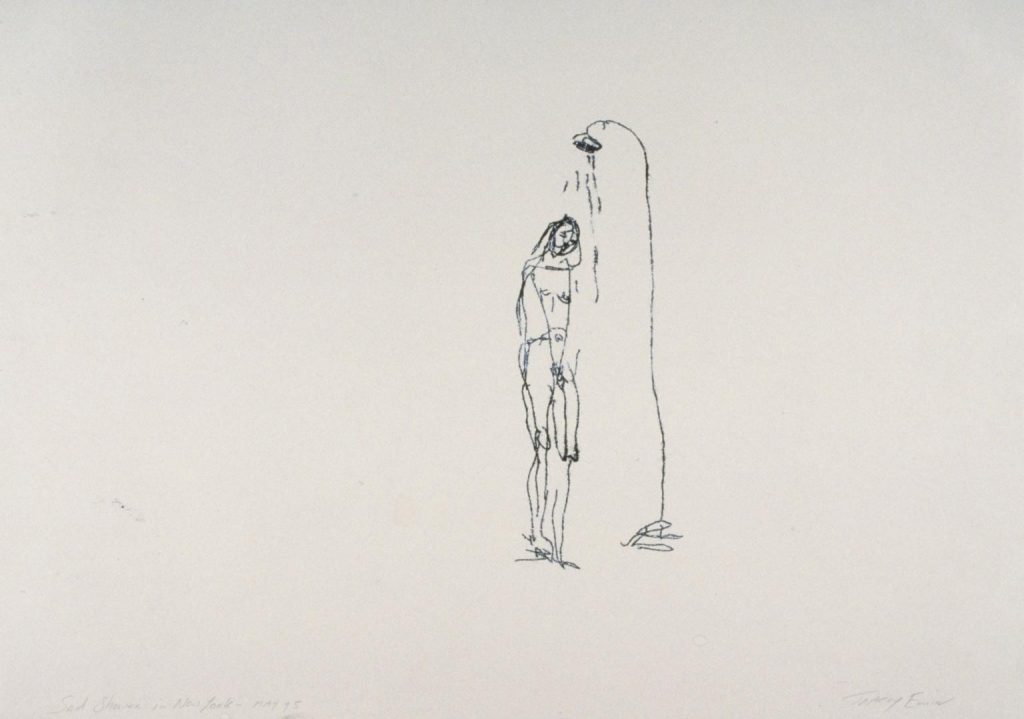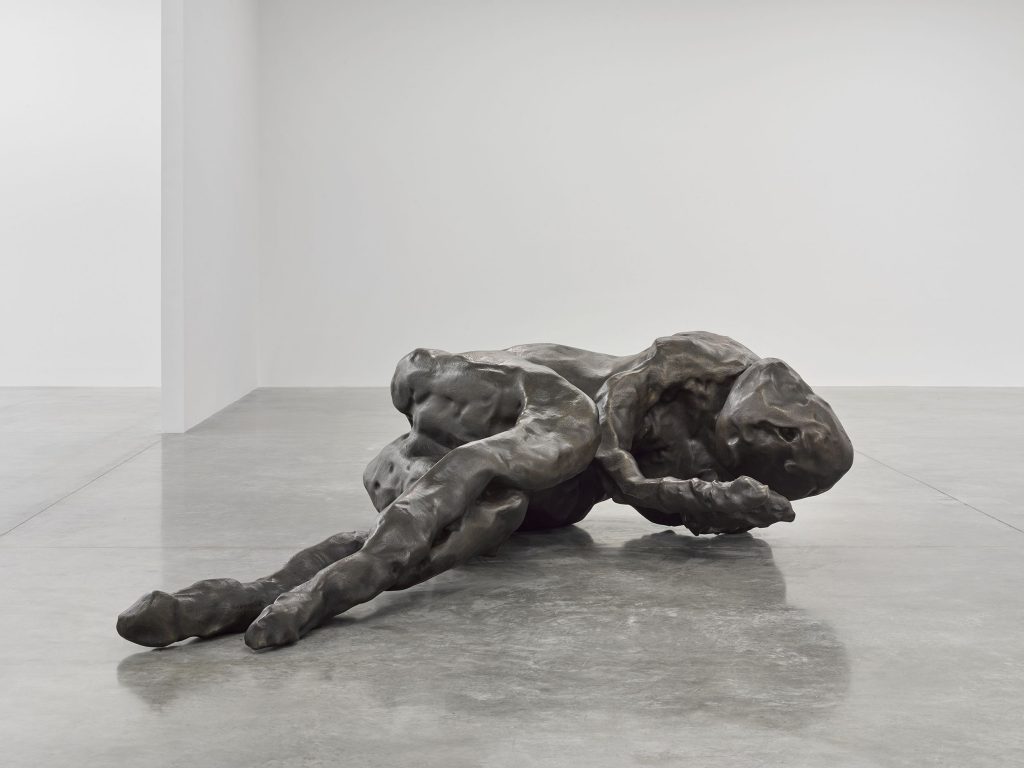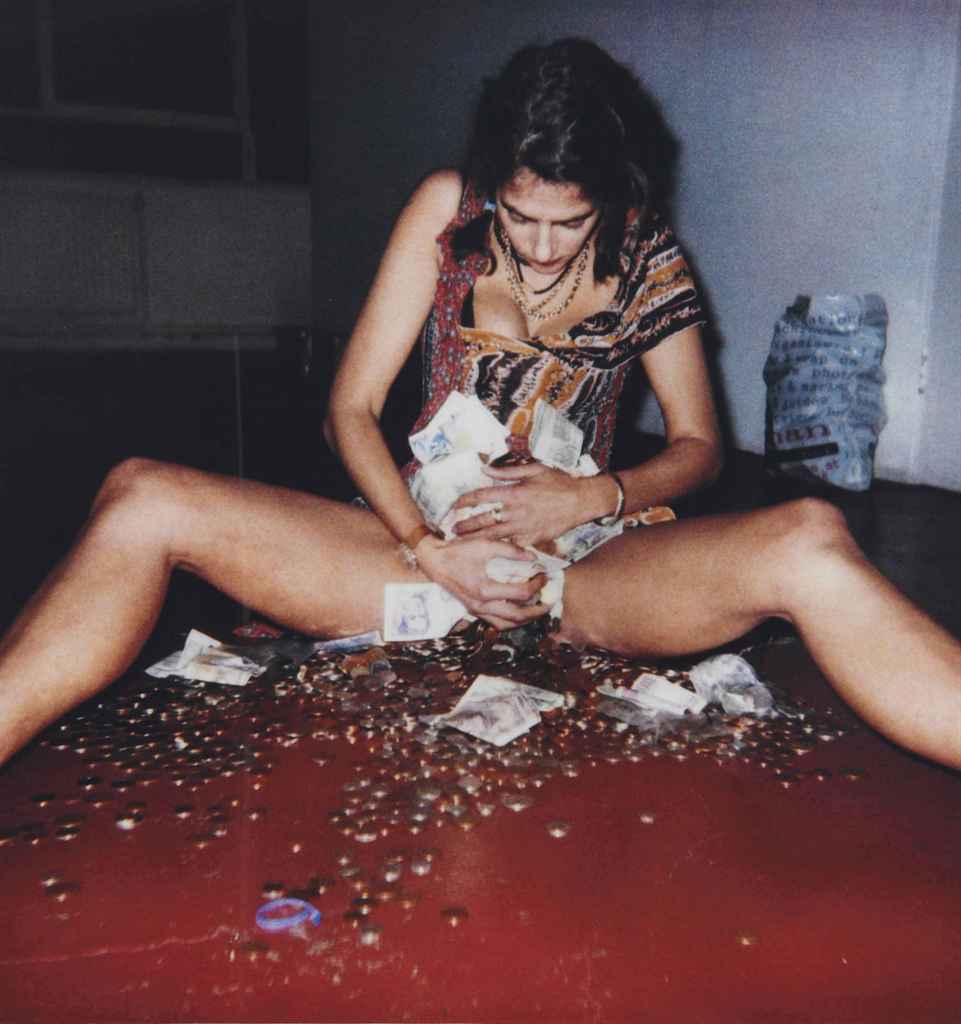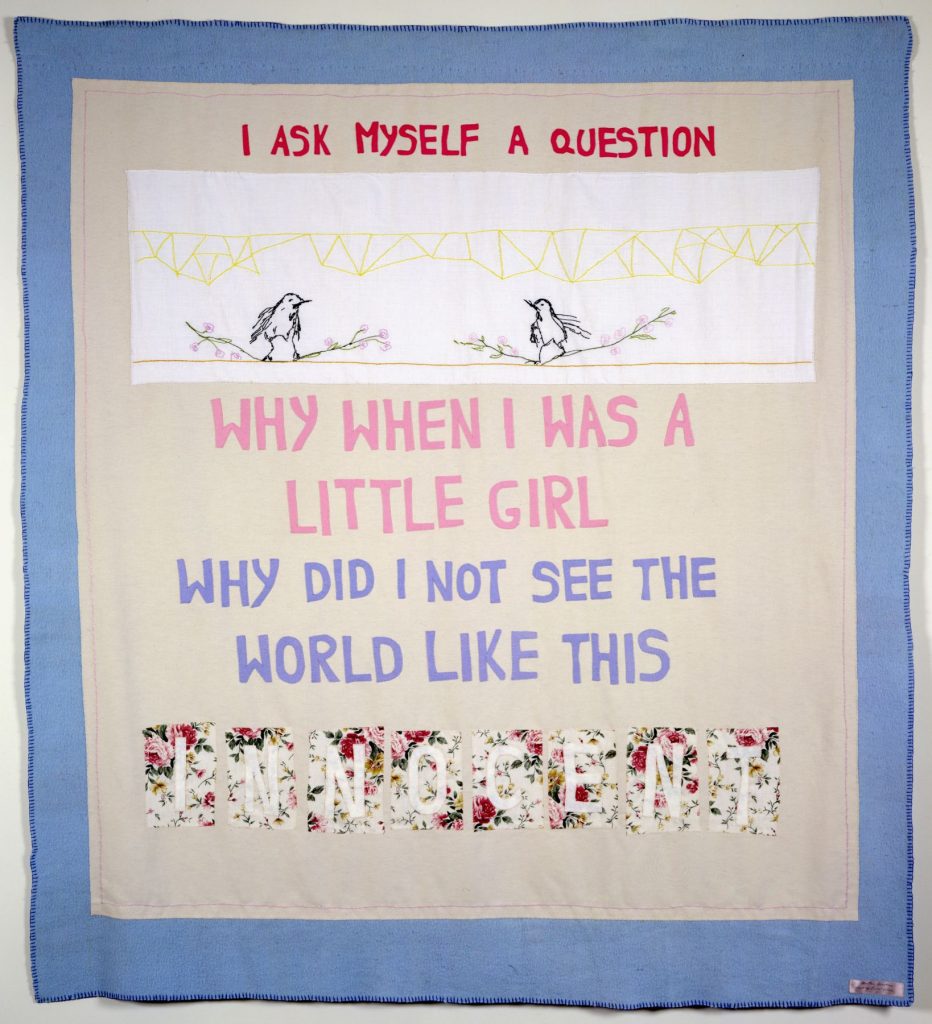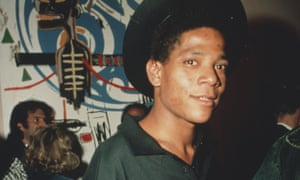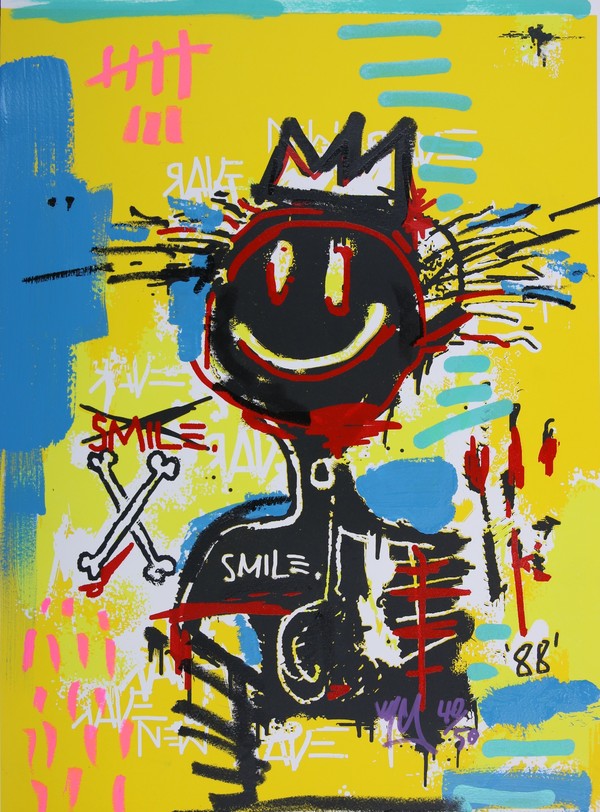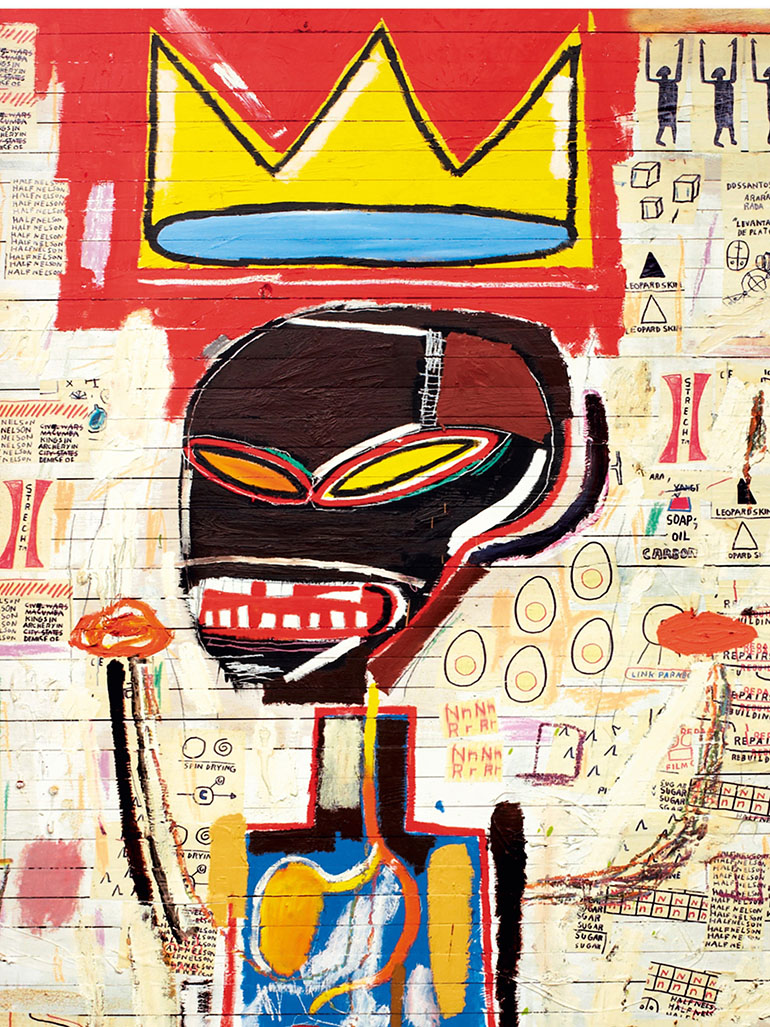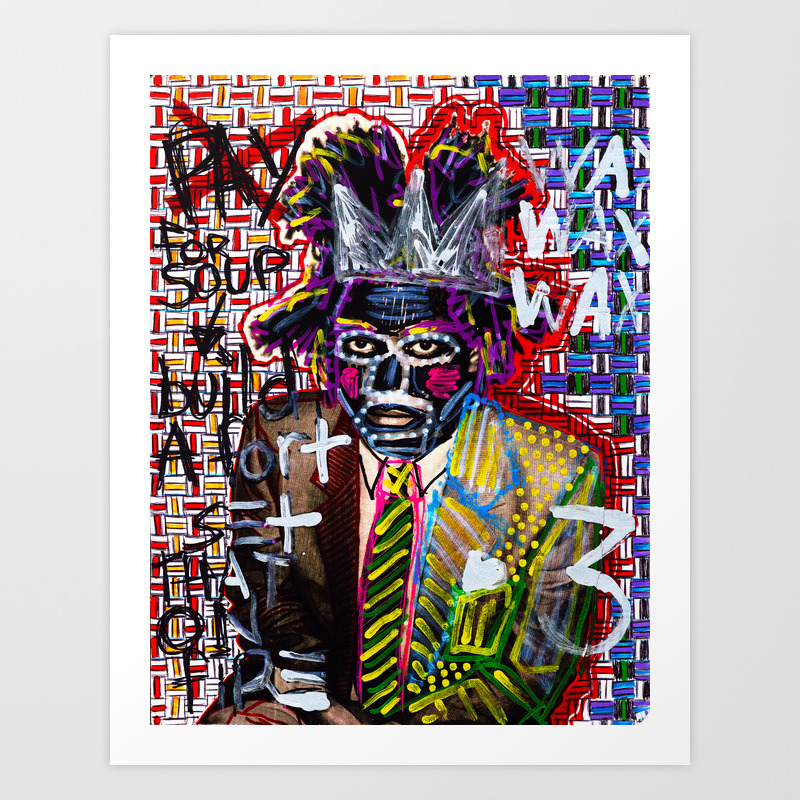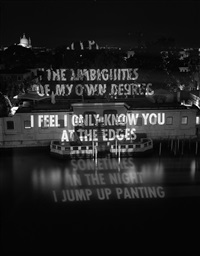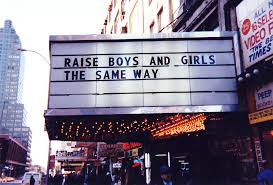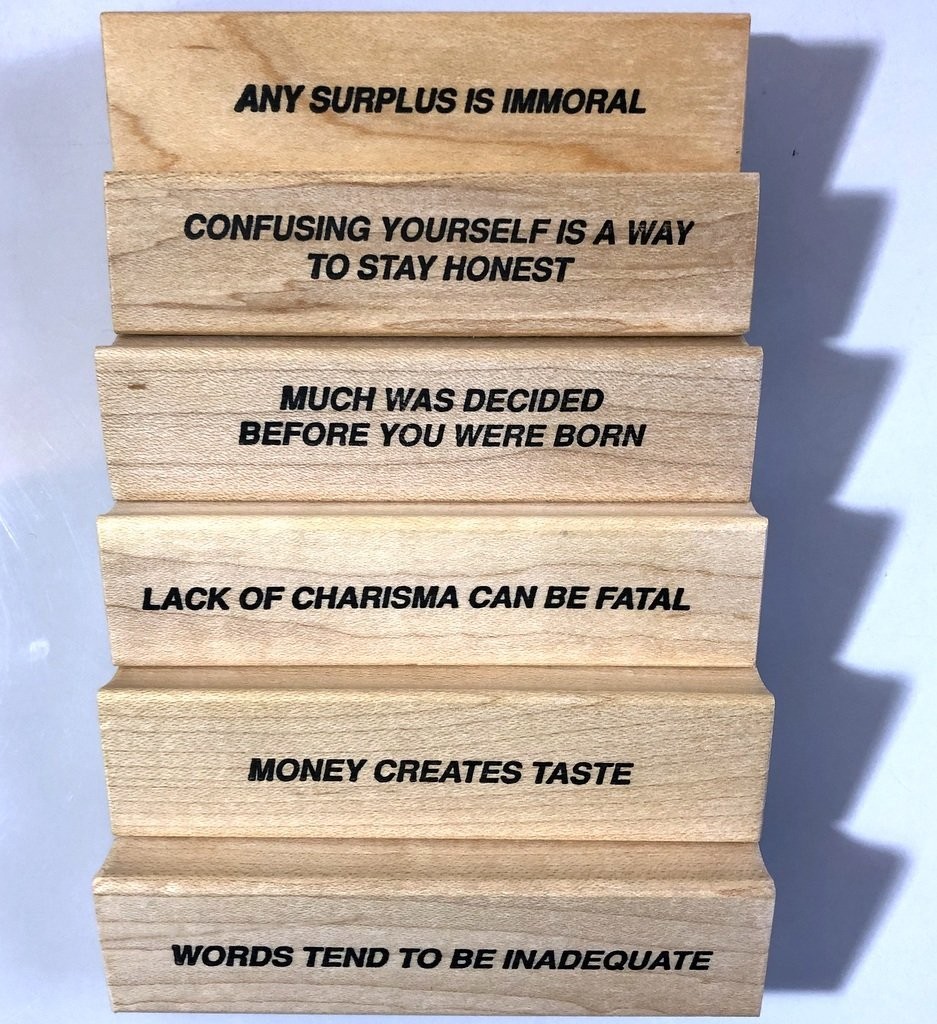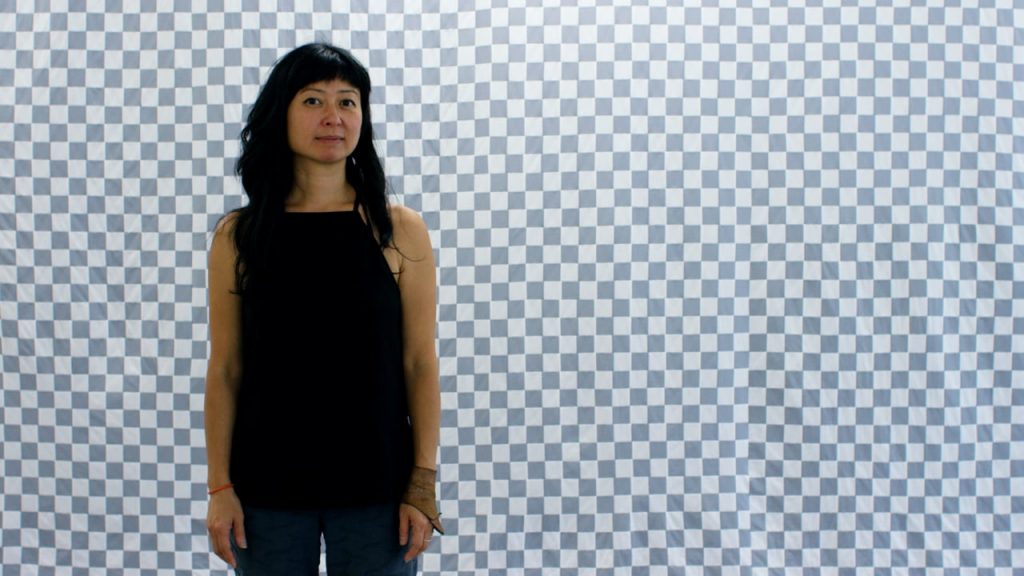
Stephanie Syjuco was born in the Philippines in 1974. She attended Stanford University were she received her Masters of Fine Arts, Skowhegen School of Painting, and the San Francisco Art Institute where she received her Bachelors of Fine Arts. Syjuco now lives in Oakland and is an Associate Professor in sculpture at the University of California, Berkeley. A lot of Syjuco’s work has become political and serves as commentary on capitalism and other economic and societal issues. One of these political art pieces was The Counterfeit Crochet Project (Critique of a Political Economy)where she asked the public to participate by creating crochet versions of high-end handbags such as those made by Gucci, Dior, Fendi, Chanel, and Prada. This project serves as commentary on outsourcing labor and consumption.

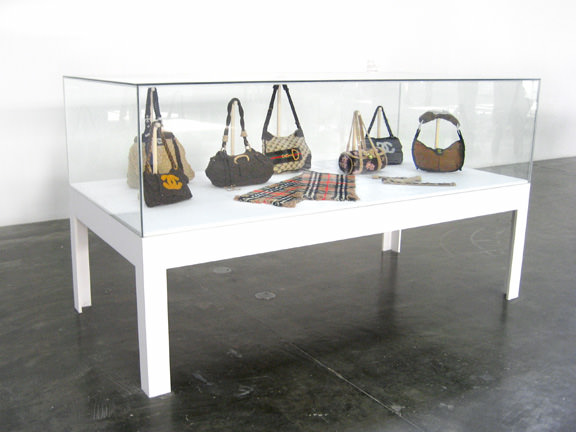
Everything Must Go (Grey Market) is another project by Syjuco which comments on counterfeit electronics. Syjuco gathered images of electronics from sites like craigslist and eBay and images uploaded by consumers of these electronics and printed and folded them into three dimensional, life size representations of themselves. The images were “stolen” and re-purposed by Syjuco in the same way that electronics are often stolen and resold in flea markets or on the internet.



I chose to research Stephanie Syjuco because her works often comment on subjects that i have to confront on a daily basis as a consumer, student, and maker. Syjuco does not believe that her work itself will change the nature of the issues it tackles, but is interested in seeing what consumers of her art do with the work she presents.
